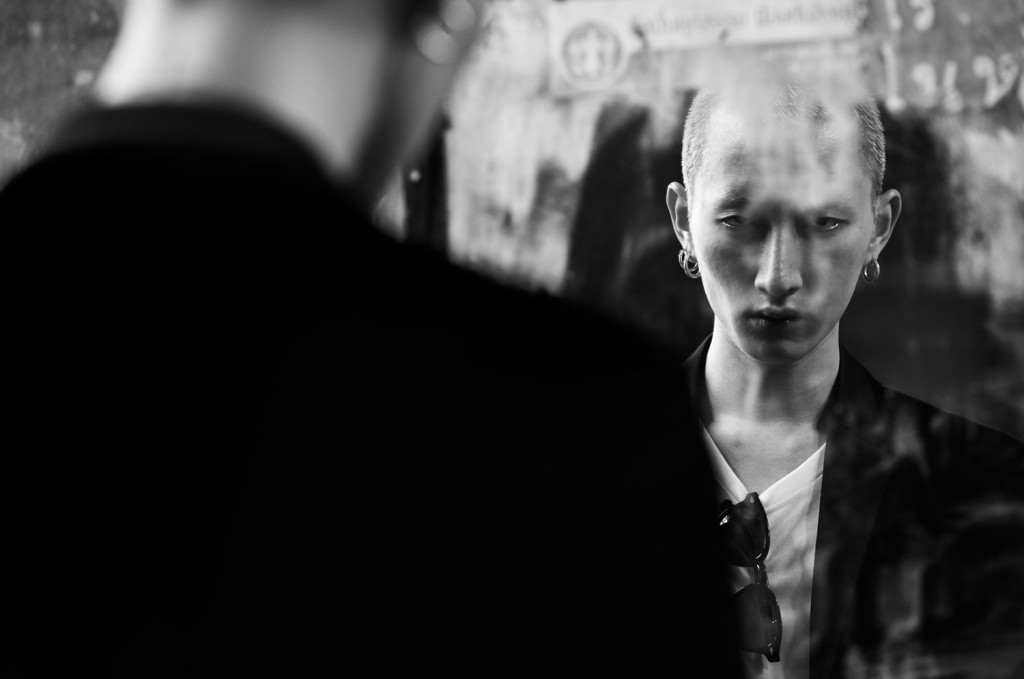
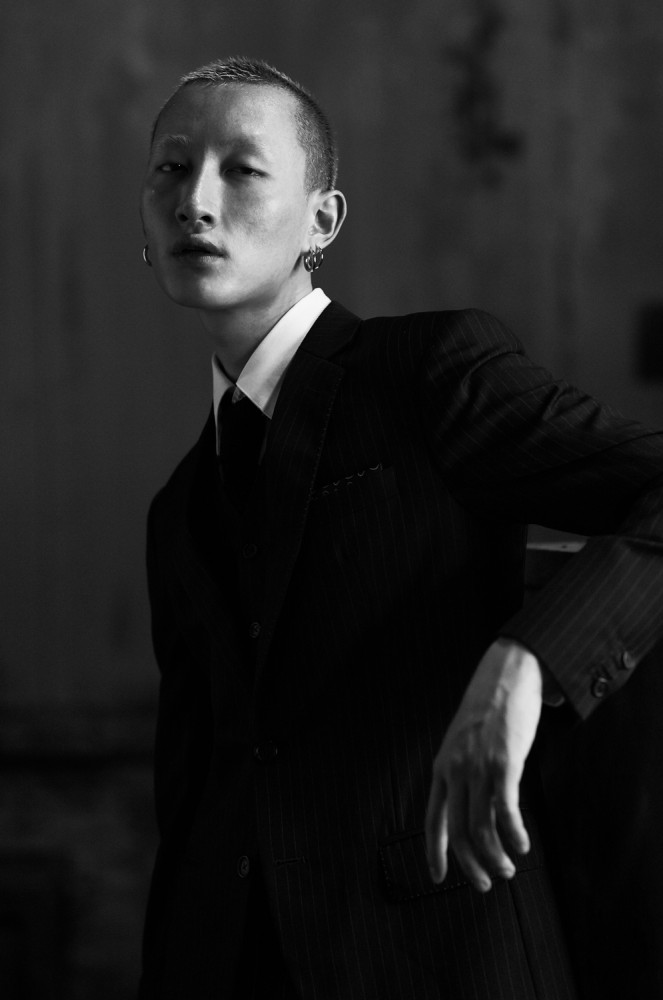
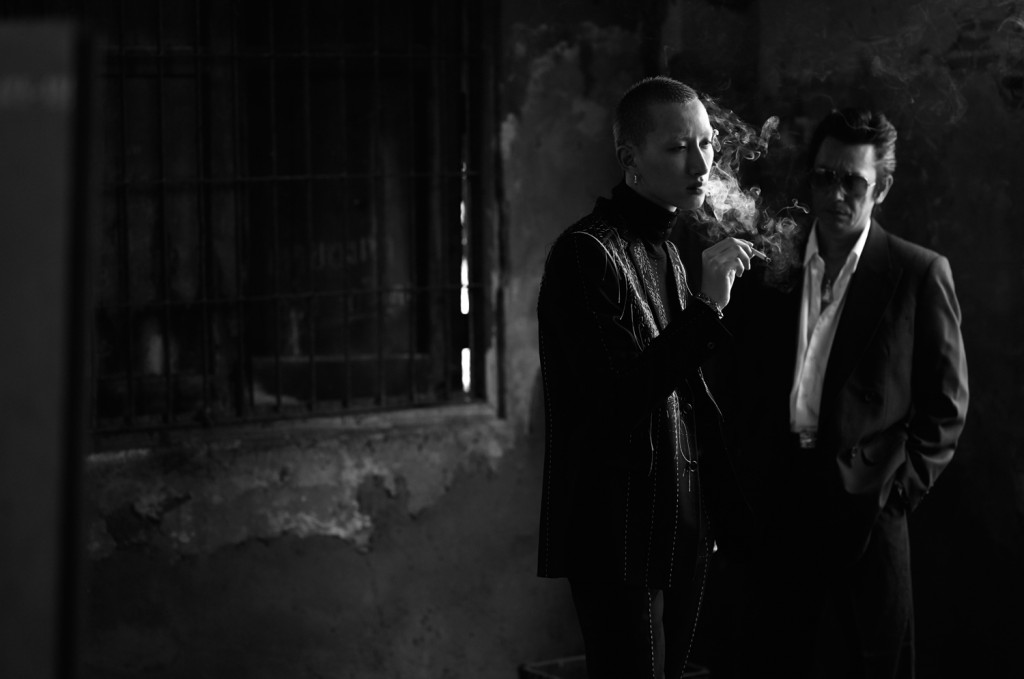
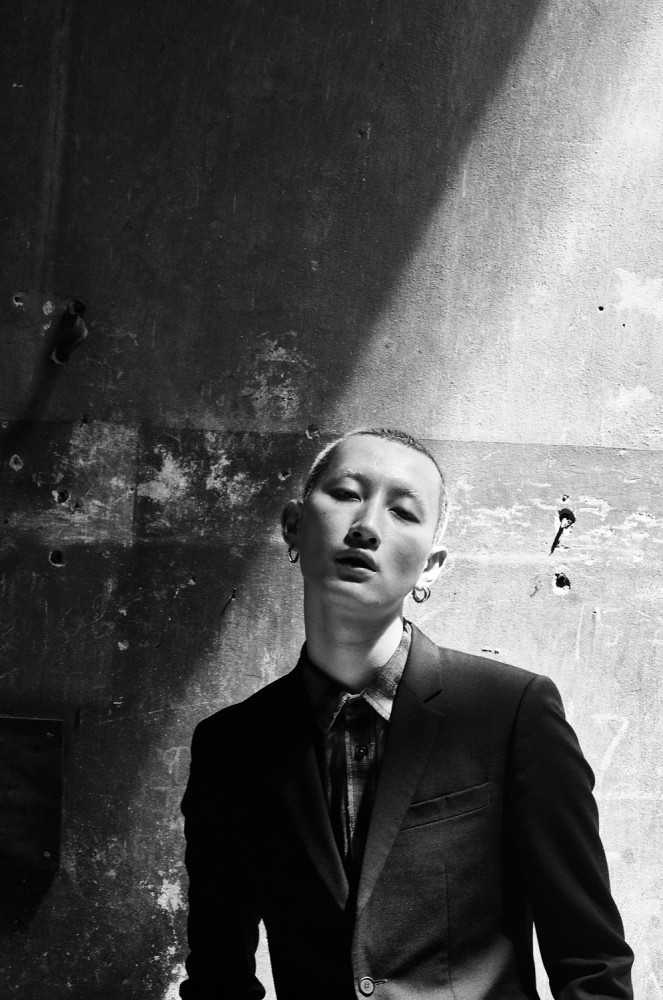
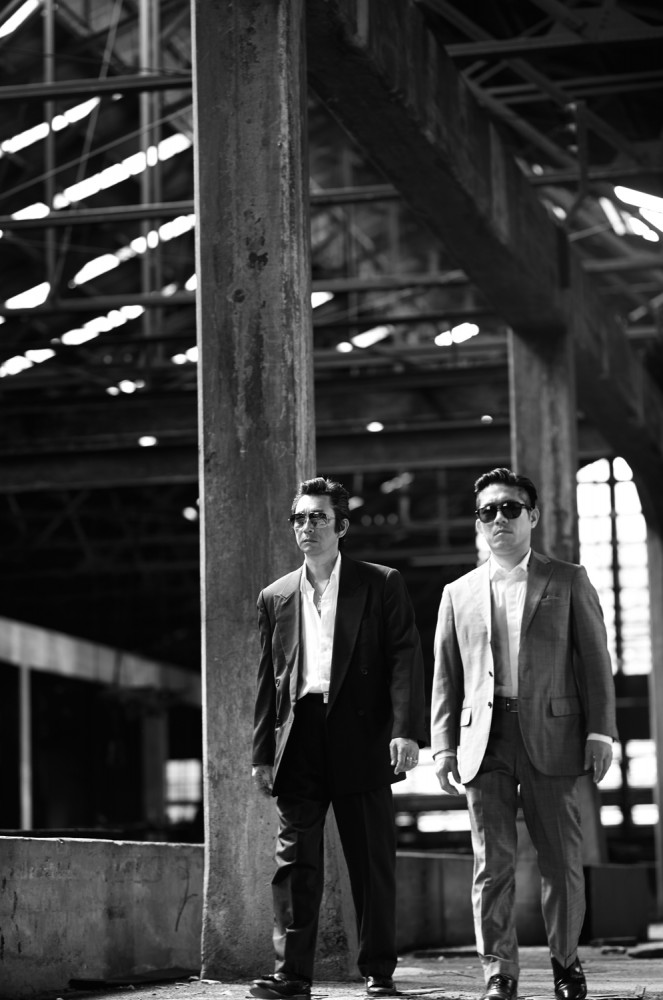
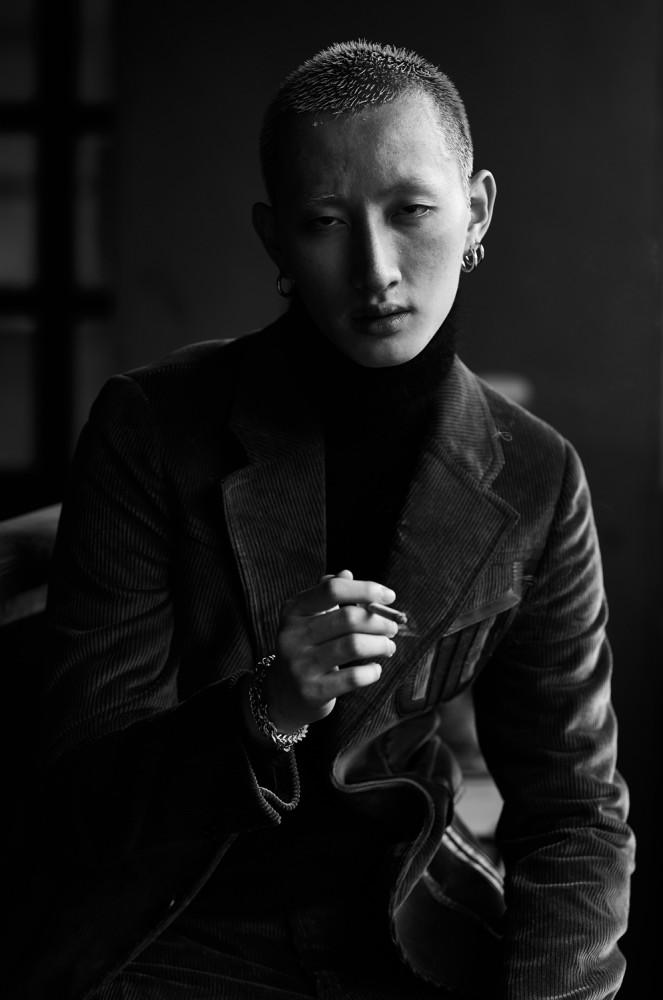
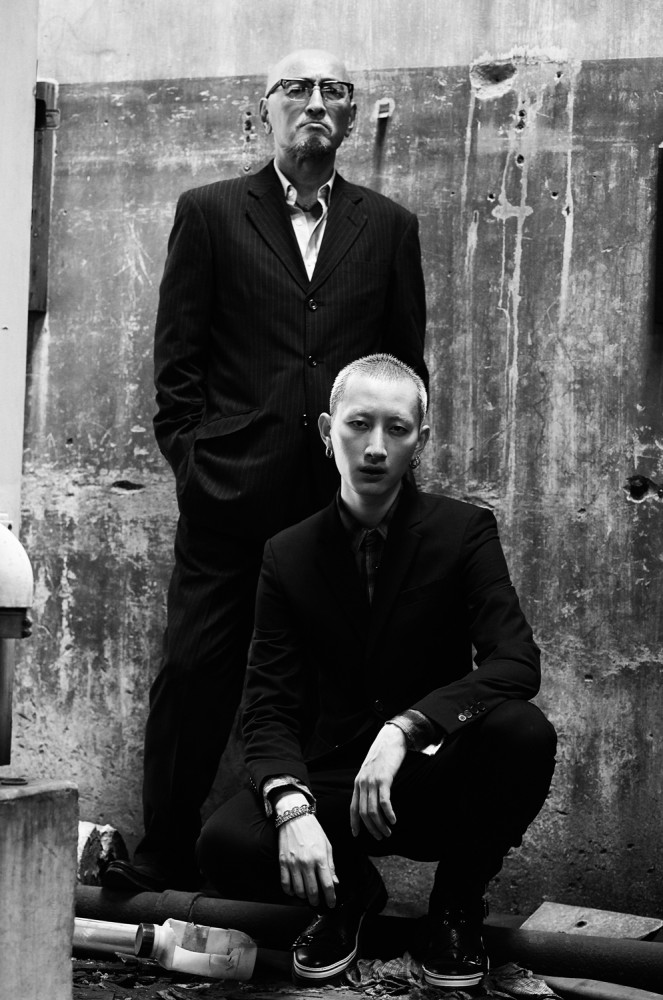
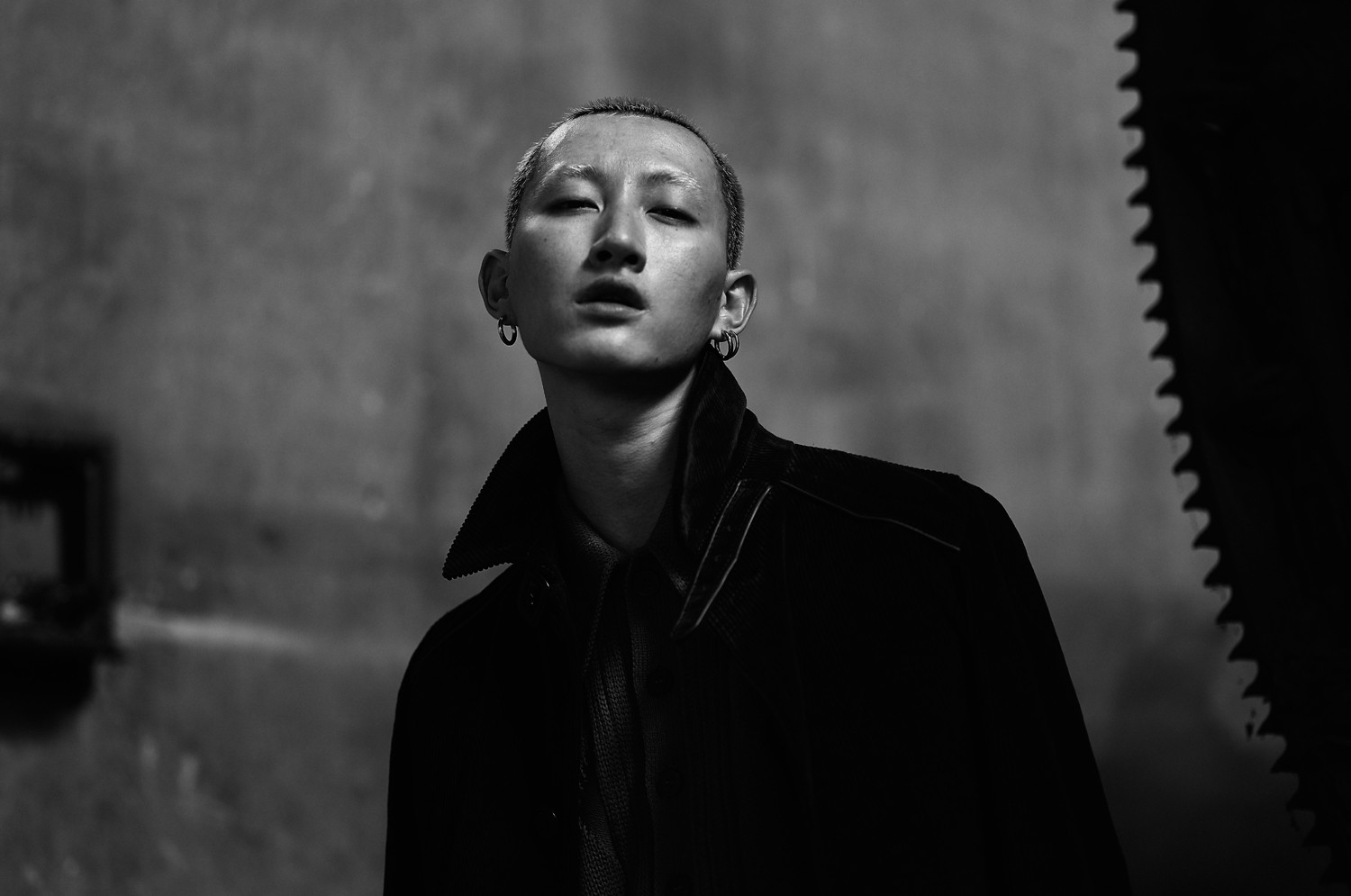
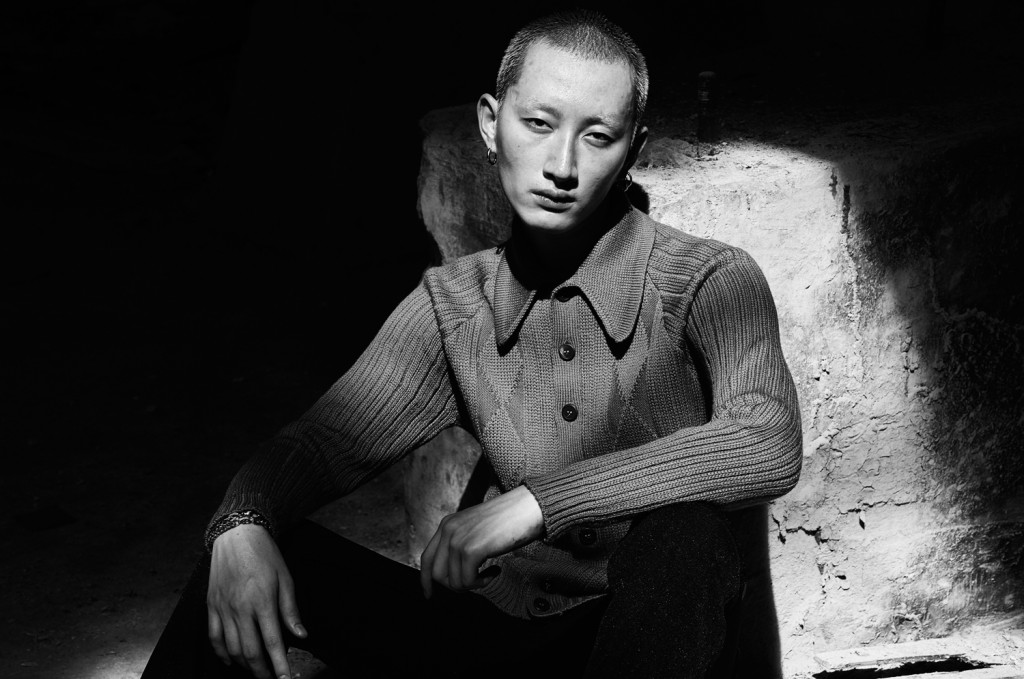
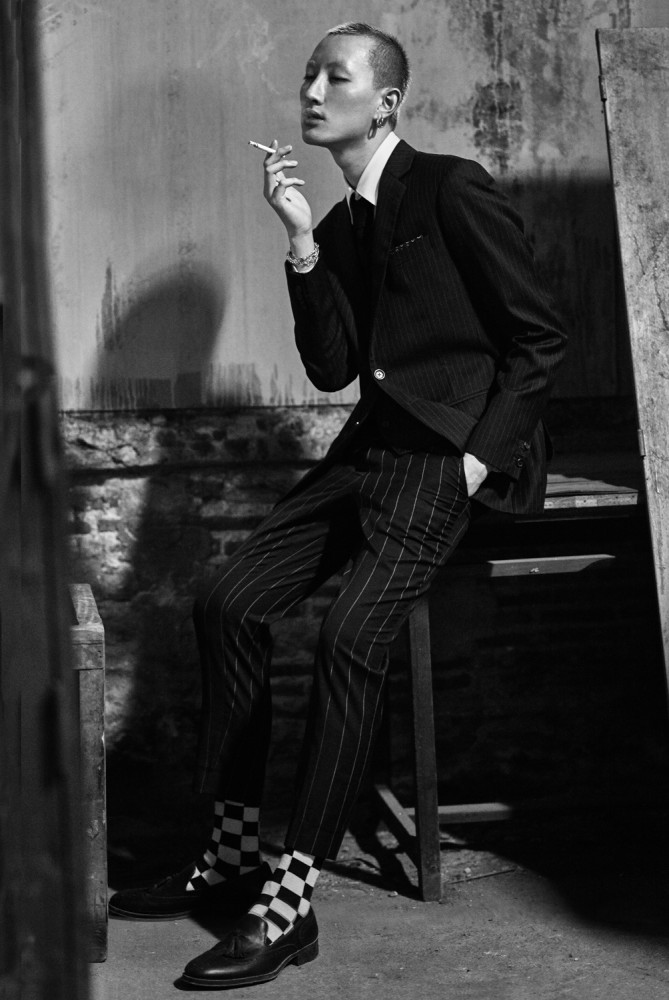
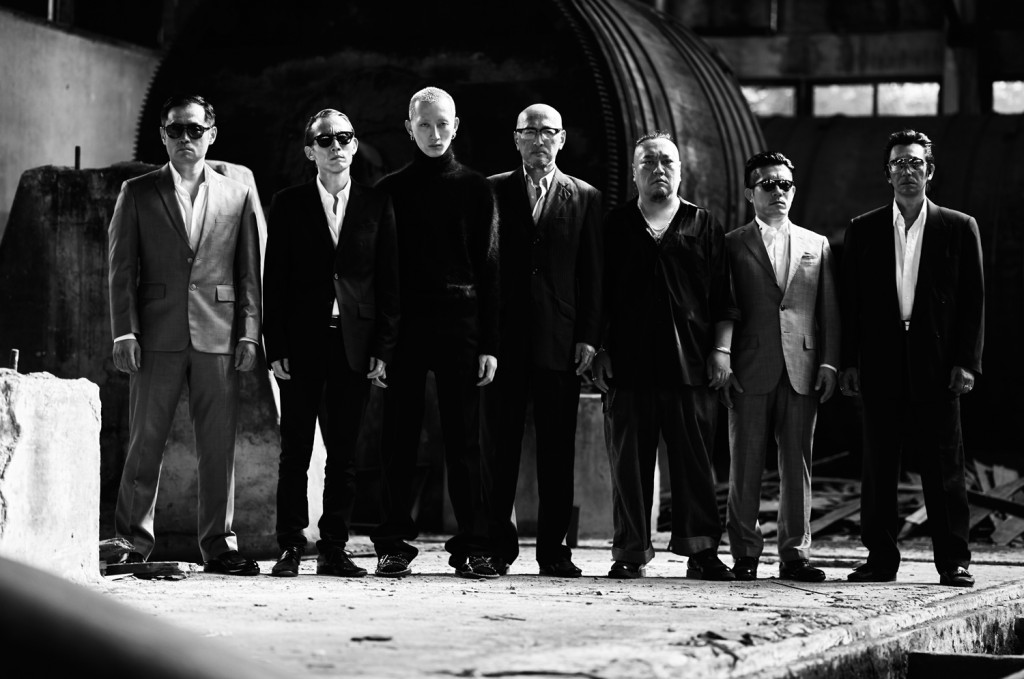
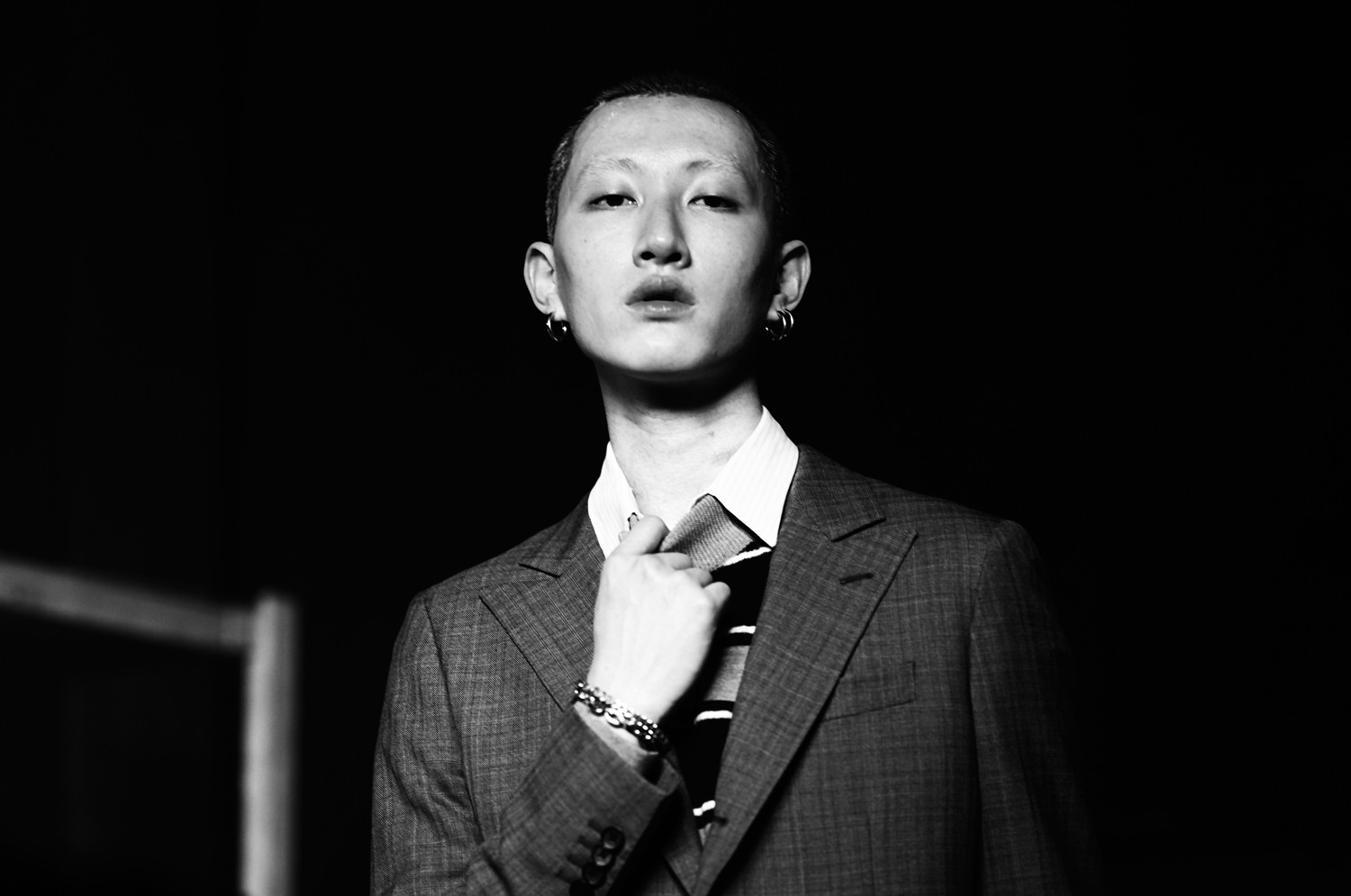
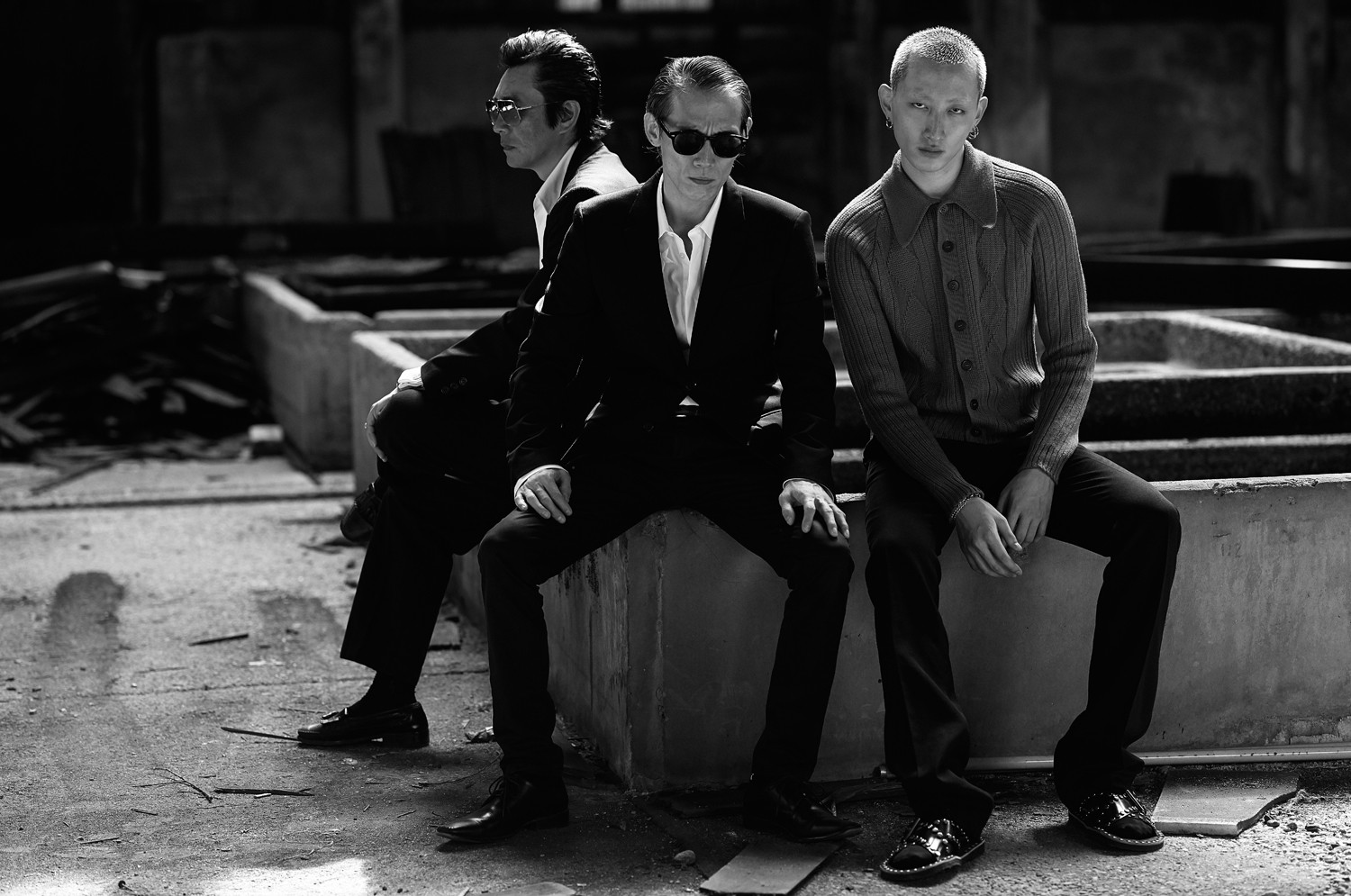
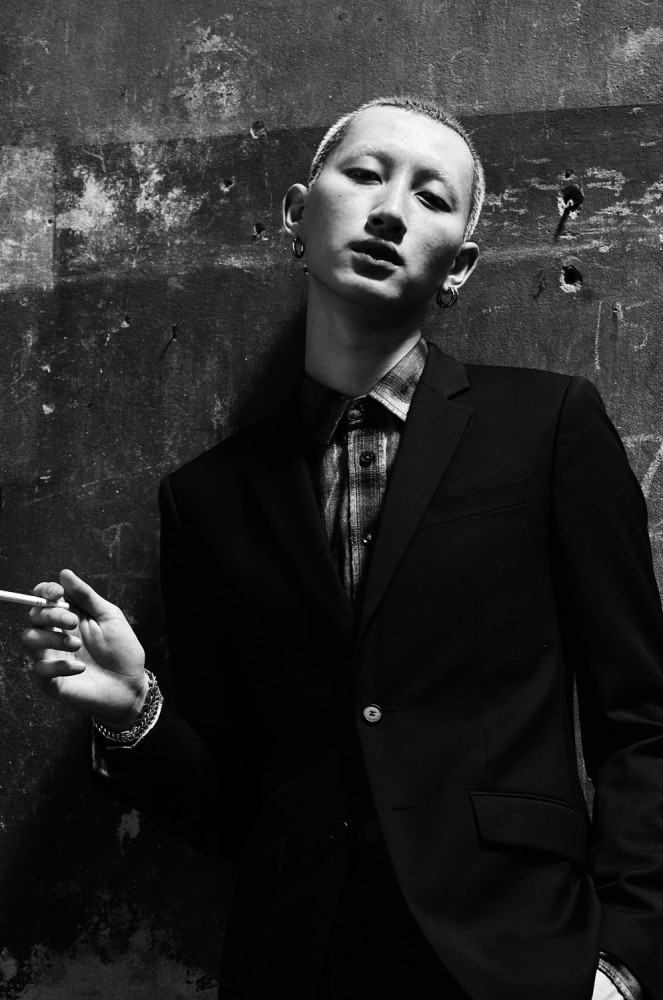
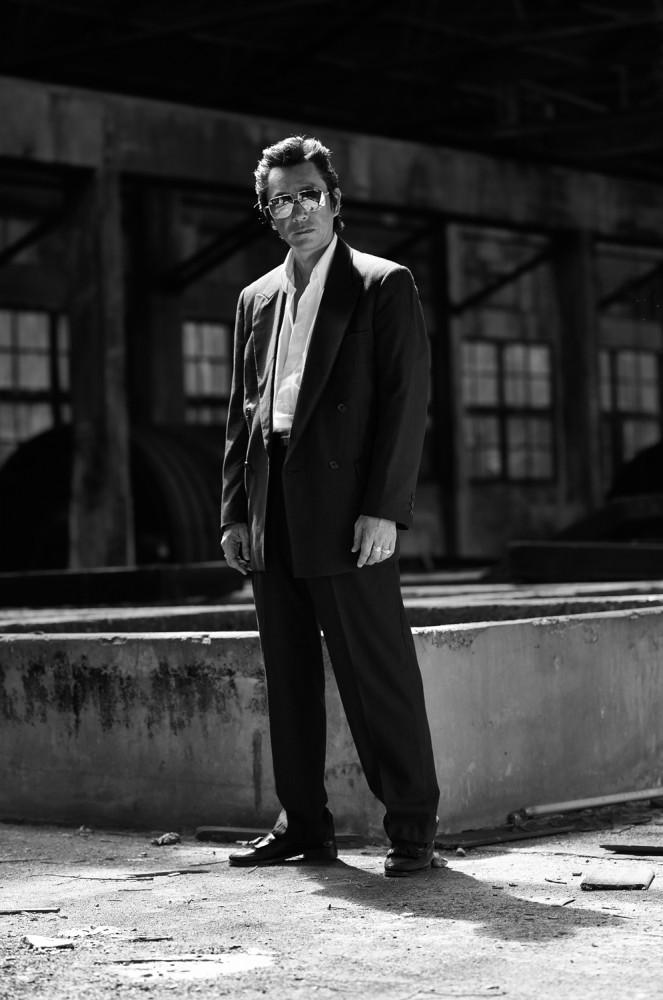
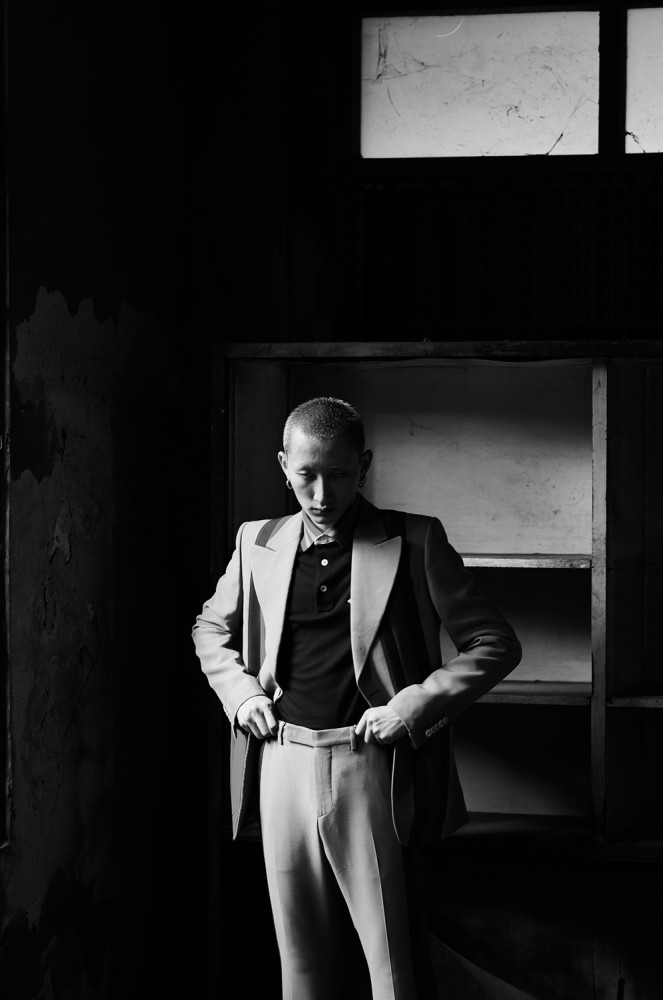
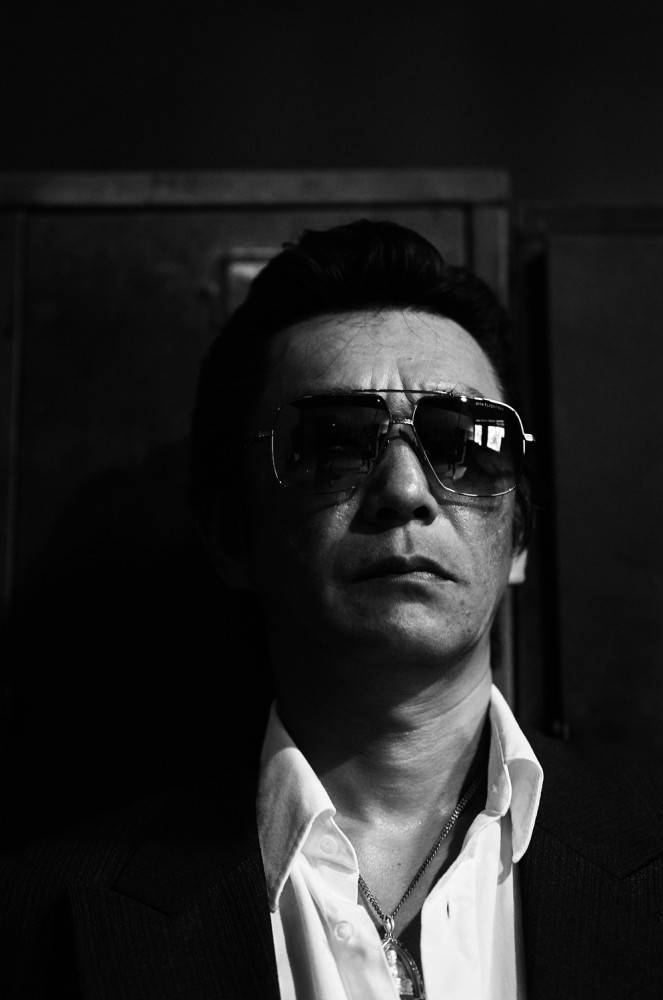
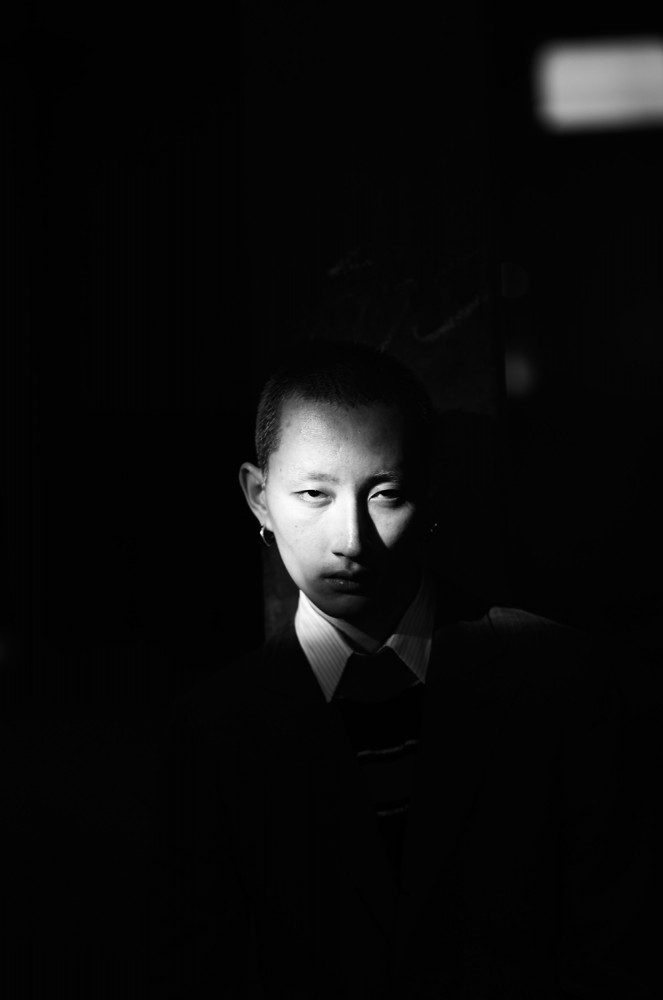


















INTERVIEW
Tom Hoops
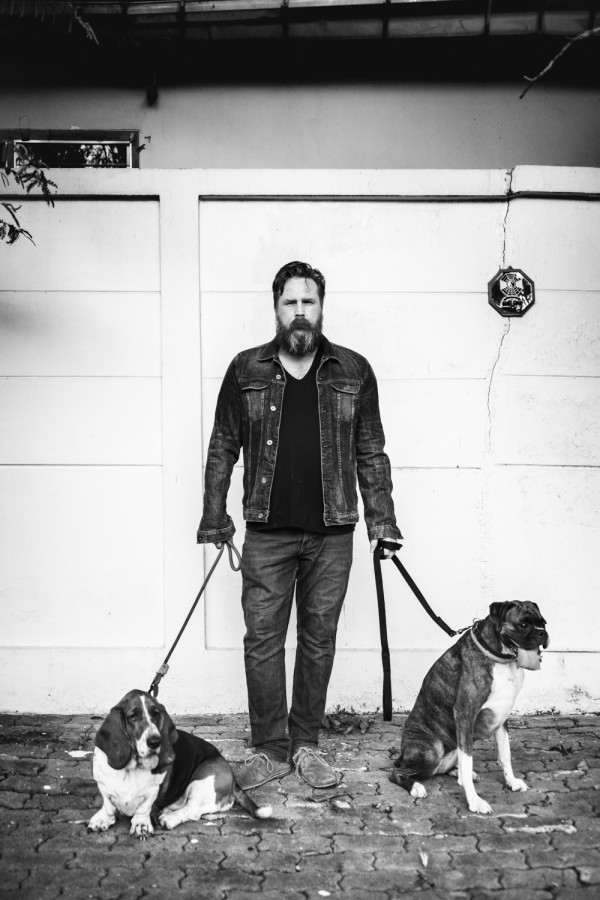
PHOTOGRAPHY Tom Hoops STYLING Daneenart Burakasikorn MODEL Kendo Kullapat @ Bass Models Photo Assistant Kom Japanese models Tomohiko Jeab, Sugita, Daisuke, Mizutani, Kenji, Nakayama, Noritoshi, Namikawa, Miyabi, Zakky FASHION Kendo wears Prada, Gucci, Dior Homme, Salvadore Ferragamo, Hugo BossCAMERA Leica S (Typ 007) with APO-Macro-Summarit-S 120 f/2.5 (CS)
Fascinated by the Japanese Mafia, Tom Hoops created 'Chinpira’, an impressively authentic-looking story in black and white – Kendo, does a very convincing job at playing the role of a striking young Yakuza.
You are a self-taught photographer; what was it that made you want to follow this path?
I fell into photography. I borrowed a camera from a good friend primarily to shoot some street portraits which I could use as a starting point to paint. Once I picked up a camera, however, I was hooked and couldn’t think of doing anything else.
You are more than just a fashion photographer; so how would you typify your photography work?
I’d say I’m probably more of a portrait photographer than a fashion one, though I love the ability to create a story with fashion. I really don’t know how I’d typify what I shoot. It’s a mix of fashion and portraiture with a sprinkle of story telling.
Why do you photograph primarily in black and white?
I like it – especially on film. There is a simplicity to black and white, and when it’s done well it’s beautiful. Black and white also encourages a simpler shot, something more minimal.
Your work doesn’t seem so commercial, and with Wild Dogs in Paris you have brought to life an online platform, which allows photographers to present their own work. Why?
I think it’s important for photographers and all creatives to pursue work that’s really all their own. Work driven only by the need to create. We created Wild Dogs in Paris to promote existing and ongoing personal projects, crafted with passion and free from constraints or from the adherence to briefs that many photographers are bound by. The works featured are independently produced by emerging talents everywhere, as well as lesser known works by more established photographers.
Are there specific Asian or European influences in your photography?
I’d say more European than anything else. I tend to like darker, minimal images, and I think this comes from the British photography of the 80s. Rough, in your face, and not too polished.
You photographed 'Chinpira’ in Bangkok for S magazine. Why this Yakuza subject?
I think you’ve nailed it on the head. It’s an interesting subject and it’s perfect for including interesting characters. Little is known about the subject; there aren’t too many photographic projects with it, so I thought it could be interesting to explore the idea of a younger initiate yakuza being brought into the fold.
With Kendo as the main model you’ve chosen quite a character. Is the face the essential thing for you, or what do you look for during a casting?
The face is always the main consideration for me. I look for character and something interesting in the face, the ability to ask a question with a look. Some faces are beautiful but lack any feeling.
Your pictures get by with little retouching. How does your workflow look, and why does retouching only play a secondary role?
I rarely do much retouching. Yakuza has little to none – just some adjustments to contrast and the B/W conversion. My workflow is simple. Make sure the light is right, then forget about it and concentrate on who I’m shooting. Once I’m happy with a photo, it gets converted to black and white and some adjustments to the highlights, shadows and contrast.
You had the medium format S and the full frame SL at your disposal during the photo shoot. Which camera did you use for what, and why?
Most of the time I used the medium format S. I love the simplicity of the camera. I’m not a fan of cameras with buttons all over them. I like the basics to hand and a camera that performs reliably and delivers beautiful images. Both cameras fit that role and I was really happy with the results.
What do you hope to achieve with your photography? Is there a message that you want to convey?
I try to make each image strong enough to stand on it’s own. I’ve always wanted to take photos I’d hang on my own wall. I don’t have a message as such; I just want to make interesting and beautiful photos that have a bit of raw energy and don’t look over produced.